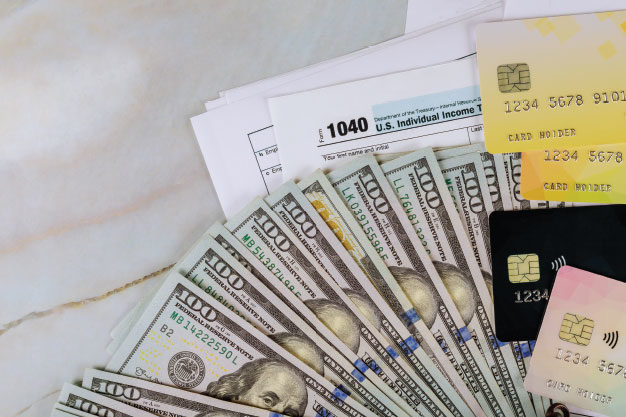IRS Urges Taxpayers to Choose Tax Preparers Carefully to Protect Data (IR-2025-21)
The IRS reminded taxpayers to choose the right tax professional to help them avoid tax-related identity theft and financial harm. […]
Read MoreThe IRS identified drought-stricken areas where tax relief is available to taxpayers that sold or exchanged livestock because of drought. The relief extends the deadlines for taxpayers to replace the livestock and avoid reporting gain on the sales. These extensions apply until the drought-stricken area has a drought-free year.
When Sales of Livestock are Involuntary Conversions
Sales of livestock due to drought are involuntary conversions of property. Taxpayers can postpone gain on involuntary conversions if they buy qualified replacement property during the replacement period. Qualified replacement property must be similar or related in service or use to the converted property.
Usually, the replacement period ends two years after the tax year in which the involuntary conversion occurs. However, a longer replacement period applies in several situations, such as when sales occur in a drought-stricken area.
Livestock Sold Because of Weather
Taxpayers have four years to replace livestock they sold or exchanged solely because of drought, flood, or other weather condition. Three conditions apply.
First, the livestock cannot be poultry.
Second, the taxpayer must have held the converted livestock for:
Third, the weather condition must make the area eligible for federal assistance.
Persistent Drought
The IRS extends the four-year replacement period when a taxpayer sells or exchanges livestock due to persistent drought. The extension continues until the taxpayer’s region experiences a drought-free year.
The first drought-free year is the first 12-month period that:
What Areas are Suffering from Drought
The National Drought Mitigation Center produces weekly Drought Monitor maps that report drought-stricken areas. Taxpayers can view these maps at
https://droughtmonitor.unl.edu/
However, the IRS also provided a list of areas where the year ending on August 31, 2021, was not a drought-free year. The replacement period in these areas will continue until the area has a drought-free year.
The IRS reminded taxpayers to choose the right tax professional to help them avoid tax-related identity theft and financial harm. […]
Read More
The IRS provided six tips to help taxpayers file their 2024 tax returns more easily. Taxpayers should follow these steps […]
Read More
The IRS encouraged taxpayers to make essential preparations and be aware of significant changes that may affect their 2024 tax […]
Read More
Guidance is provided for property and casualty insurers that write inland marine insurance and pay the State Fire Marshal Regulatory […]
Read More
The IRS released the optional standard mileage rates for 2025. Most taxpayers may use these rates to compute deductible costs […]
Read More
The IRS, in partnership with the Coalition Against Scam and Scheme Threats (CASST), has unveiled new initiatives for the 2025 […]
Read More
The IRS reminded disaster-area taxpayers that they have until February 3, 2025, to file their 2023 returns, in the entire […]
Read More
The IRS has announced plans to issue automatic payments to eligible individuals who failed to claim the Recovery Rebate Credit on their […]
Read More